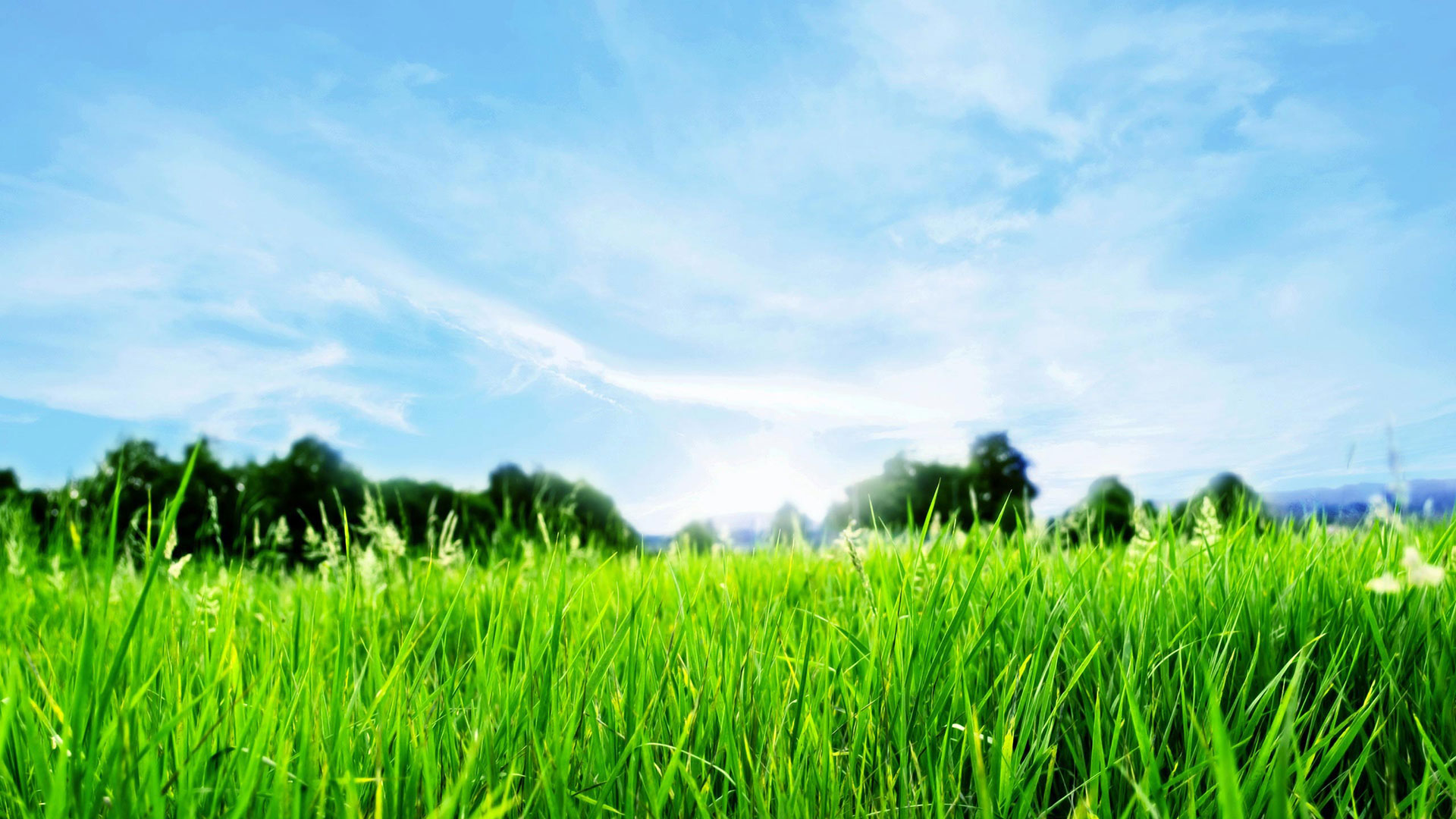 More and more I hear the term urban greening. Not totally new to me, but I thought I would give it a mention as it is an important factor in today’s busy and crowded cities.
More and more I hear the term urban greening. Not totally new to me, but I thought I would give it a mention as it is an important factor in today’s busy and crowded cities.
The term ‘urban greening’ simply means growing plants wherever possible in towns and cities. Each individual may only have a small garden, but together, the amount of green space we look after really adds up – it’s about 25% of the land in most cities. We really can make a difference, by ensuring that every available space in our front and back garden contains planting.
Urban greening potentially will become even more important in the future as our climate changes. From helping protect us against flooding and extremes of temperature, to supporting wildlife and helping gardeners to be healthy, gardens can provide an amazing range of benefits including
1. Improved air cooling, making it more bearable in towns and cities in hot weather.
2. Insulation of buildings by garden vegetation, and improved air quality.
3. Storm water mitigation which helps to reduce garden flooding.
4. A source of habitat for wildlife, and improved health for plants.
FERNS
What are ferns?
Ferns are a very ancient family of plants; early fern fossils predate the beginning of the Mesozoic era, 360 million years ago. They are older than land animals and far older than the dinosaurs.
Ferns planted next to hostas, grasses and toad lilies are a match made in heaven. Just on their own, even in an otherwise difficult area, they’ll look great and add a really nice feature to any garden of any shape and size. Tree ferns are quite epic in a garden. Many of the ferns which you can grow in the garden are of British Native origins, and the native fern species are among some of the best you can grow. Not only that, but of course by growing them you do not merely create a beautiful garden, but you also give a home to some often endangered plants, and the species of animals which depend on them. This is the good bit, ferns need very little maintenance at all; in fact we can divide maintenance into three groups.
1. For the really lazy gardener. If you plant the larger woodland types of fern, or any of the smaller ferns listed as tough, in books or catalogues. Then they will probably be happy to live and increase in size slowly, without outgrowing their space for many years/decades, with no care at all.
2. For the slightly tidy gardener. You may like to tidy away any dead/untidy fronds in spring, say, early May, if you wish.
3. For the real enthusiast. Ferns really like a mulch now and again, ideally on top of the soil and again in spring. You may use anything except strong manure, i.e. leaf mould, garden compost, composted bark, even grit. They do not need lots of fertilizer, nor do they usually need dividing, though you may try reinvigorating a really old clump if you wish. Just split it apart with two forks and replant in spring, if you really must.
_______________________________________________________________________________
 Dave, from Garden Design Services has been madly keen on gardening for as long as he can remember. He decided to start a business in landscaping at the request of friends and family who quite simply said “I was mad not too” “The garden is a most valuable space, and I feel it is quite important to have a space that you can thoroughly relax in and enjoy”. If you need help in enjoying your garden then give Dave a call on 01322 559 660 or 07780 461 148
Dave, from Garden Design Services has been madly keen on gardening for as long as he can remember. He decided to start a business in landscaping at the request of friends and family who quite simply said “I was mad not too” “The garden is a most valuable space, and I feel it is quite important to have a space that you can thoroughly relax in and enjoy”. If you need help in enjoying your garden then give Dave a call on 01322 559 660 or 07780 461 148
_______________________________________________________________________________
Submit your review | |




